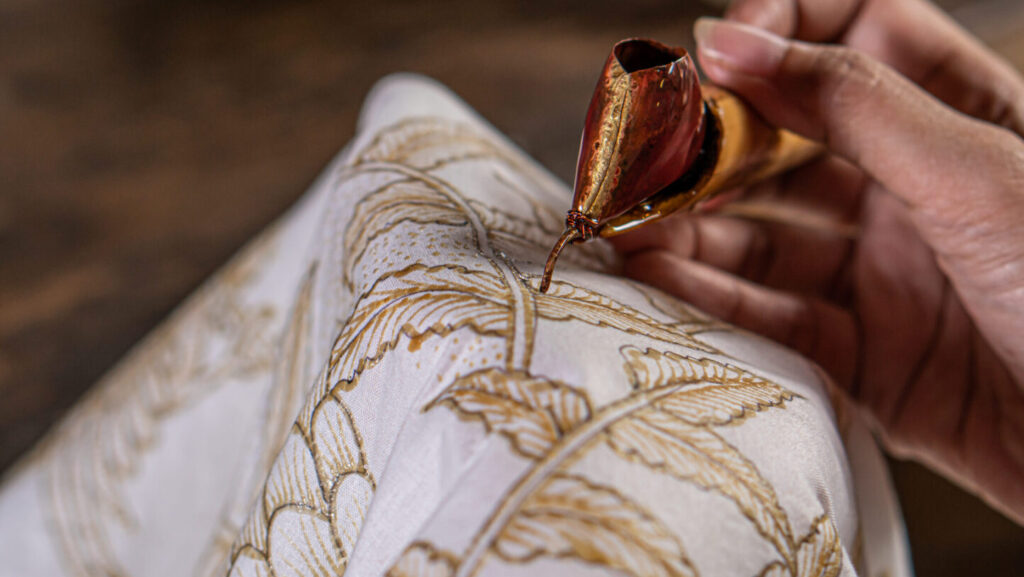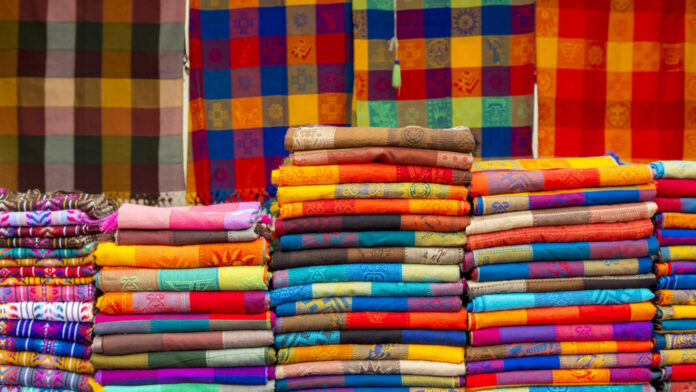By The Frontpage Journal
In the rhythmic clatter of looms in rural Avissawella and the quiet hum of sewing machines in upscale Colombo studios, a quiet revolution is weaving its way onto the global stage. Sri Lankan designers are breathing new life into traditional handloom fabrics, transforming them from heritage craft into contemporary fashion that dazzles on runways from Milan to Melbourne. What was once reserved for home upholstery or ceremonial attire is now reimagined into bold silhouettes, structured jackets, flowy gowns, and minimalist streetwear, all stitched with cultural memory.
At the heart of this reinvention lies a respect for history coupled with an unrelenting drive to innovate. For centuries, Sri Lanka’s handloom industry was interwoven with village life, producing vibrant cotton sarongs, sarees, and household linens. But in recent decades, faced with mass-market imports and dwindling demand, the craft risked fading into obscurity. That is, until a new generation of fashion visionaries began to see its potential not as outdated, but untapped.
One such trailblazer is Tharani Wijesekera, a Colombo-based designer whose collections fuse handwoven textures with cutting-edge tailoring. Her 2024 showcase in Singapore featured sharply cut jackets in earthy tones, each piece crafted from hand-dyed dumbara cloth. The reaction was instant. Buyers admired the tactile richness, the sustainable story behind the fabric, and its unmistakable authenticity. Tharani believes Sri Lankan textiles don’t need to imitate Western styles to be fashionable. Their unique patterns, imperfections, and density offer a language of their own, she says, and in a fashion world hungry for identity, that language is finally being heard.
Young designers like her are working closely with village artisans, not just sourcing cloth but co-creating it. This collaboration is altering the power dynamic between the artisan and the designer, often giving weavers more say in the final outcome and encouraging experimentation with textures, blends, and dyes. Some weavers, like 62-year-old Sunethra from Kurunegala, are now using silk-cotton blends and botanical dyes for the first time, guided by a new kind of design brief that blends rural skill with urban market demands.

Sustainability plays a central role in this textile transformation. Handloom fabric is inherently eco-friendly, requiring no electricity and producing minimal waste. In a global fashion industry often criticized for its environmental toll, this is a major advantage. Many Sri Lankan designers now highlight the low-carbon story behind their collections, appealing to ethically minded consumers in Europe and Asia. For them, a dress isn’t just fashion. It’s a footprint, a choice, a value statement.
Beyond commercial runways, Sri Lankan handloom is making appearances in film, music videos, and museum exhibitions. In Paris, a recent exhibit on South Asian modernism featured garments made with local handloom stitched into postmodern silhouettes. On Instagram, influencers are styling handloom wraps and tops for urban wear, decoupling the fabric from its purely ethnic associations. The shift is clear. What was once seen as “village wear” is now proudly positioned as artisanal luxury.
Still, challenges remain. Artisans often lack access to consistent raw materials, modern looms, or digital literacy. Some communities struggle to meet larger production demands without compromising quality. This is where public-private partnerships and ethical fashion labels have stepped in, offering training, infrastructure, and fair pricing models. Government initiatives, while sporadic, are beginning to align with the fashion sector’s global aspirations.
For both local and foreign readers, this evolution of Sri Lankan textiles offers more than just fashion trends. It tells a larger story of cultural continuity, innovation, and pride. It’s about a nation reclaiming its threads, weaving past and present into a fabric that moves confidently into the future.
In an era where fast fashion is falling out of favor and authenticity is making a comeback, Sri Lanka’s handloom artisans and designers may have found their moment. The looms that once whispered tales of tradition now speak boldly in the language of couture.




